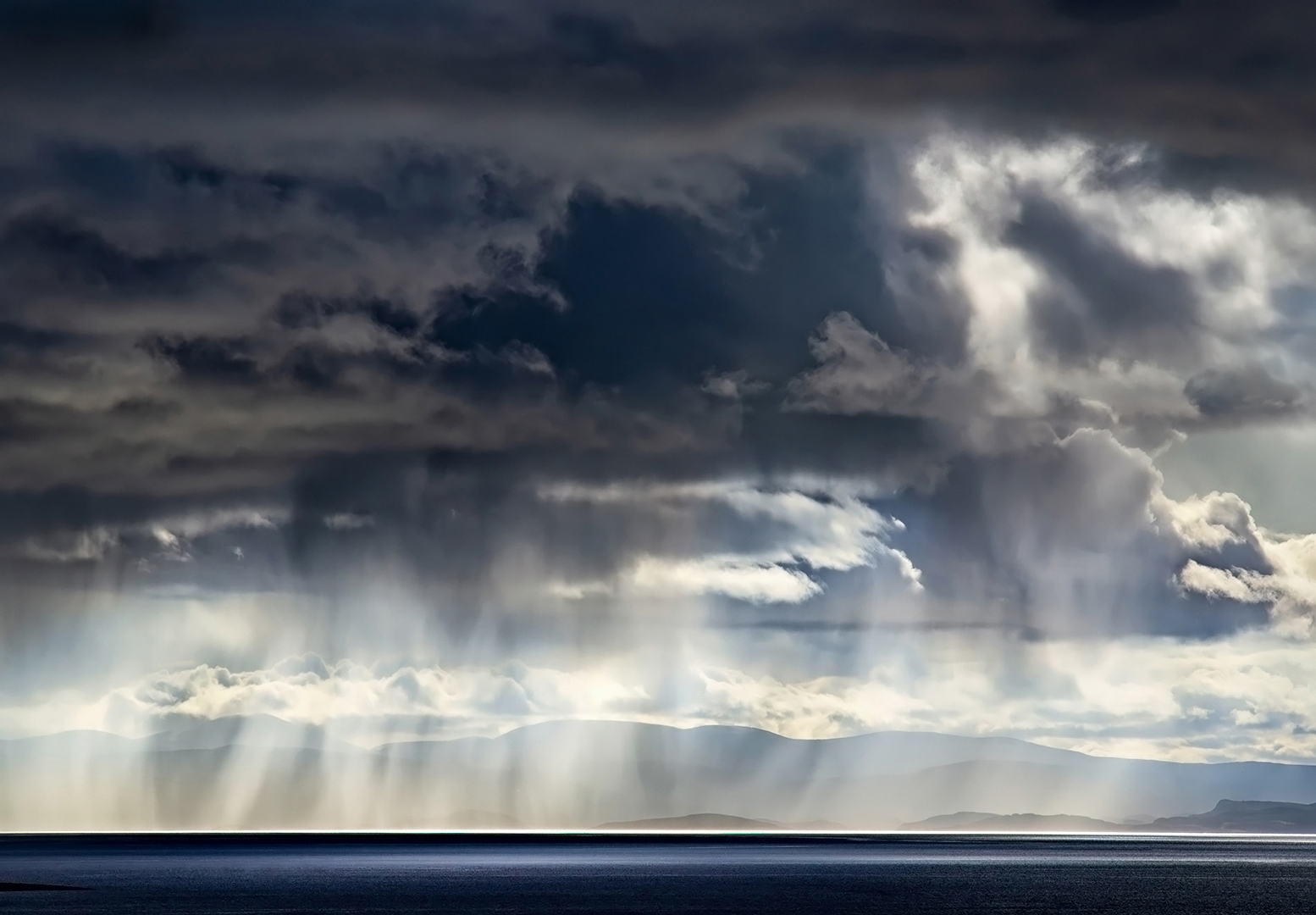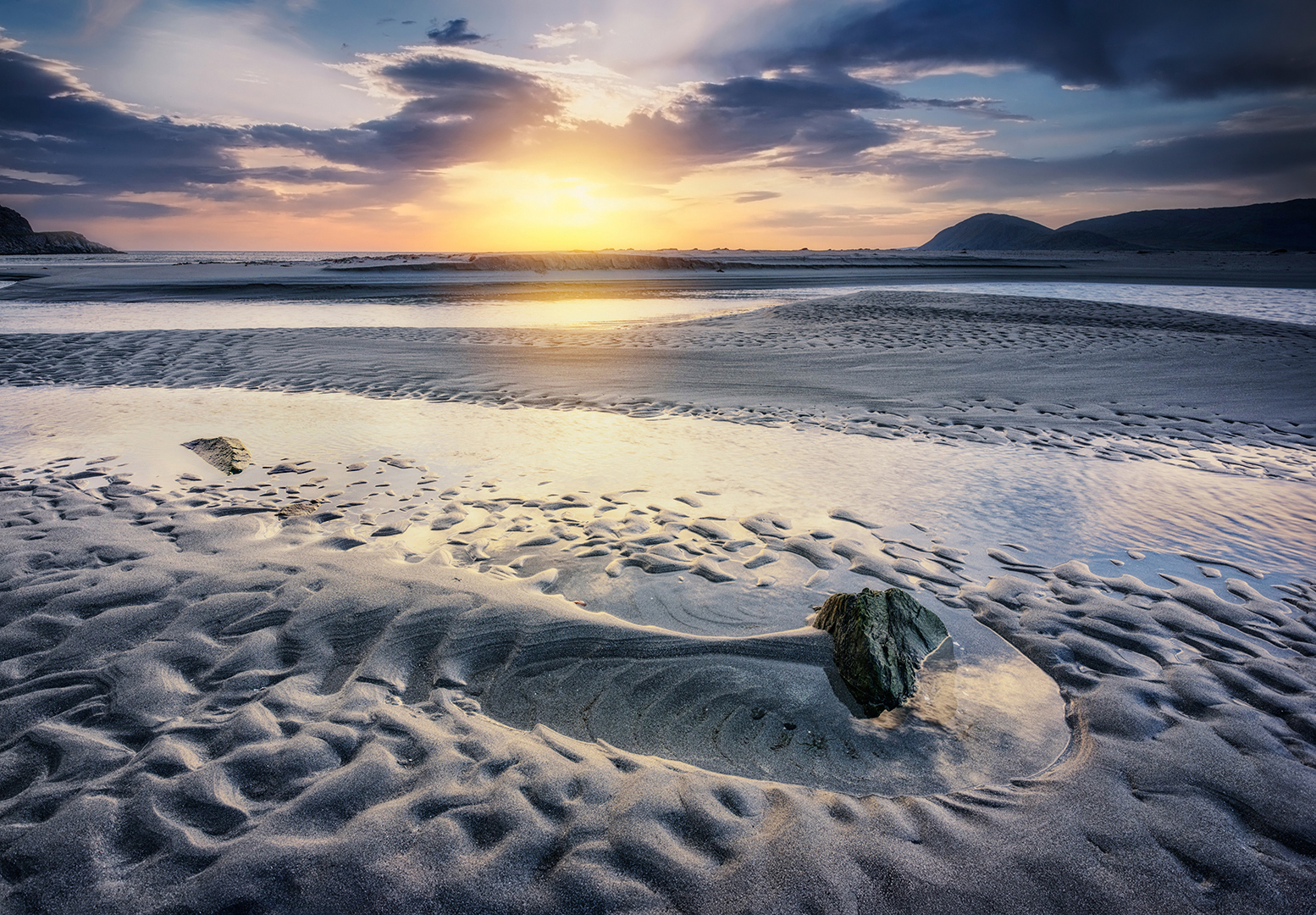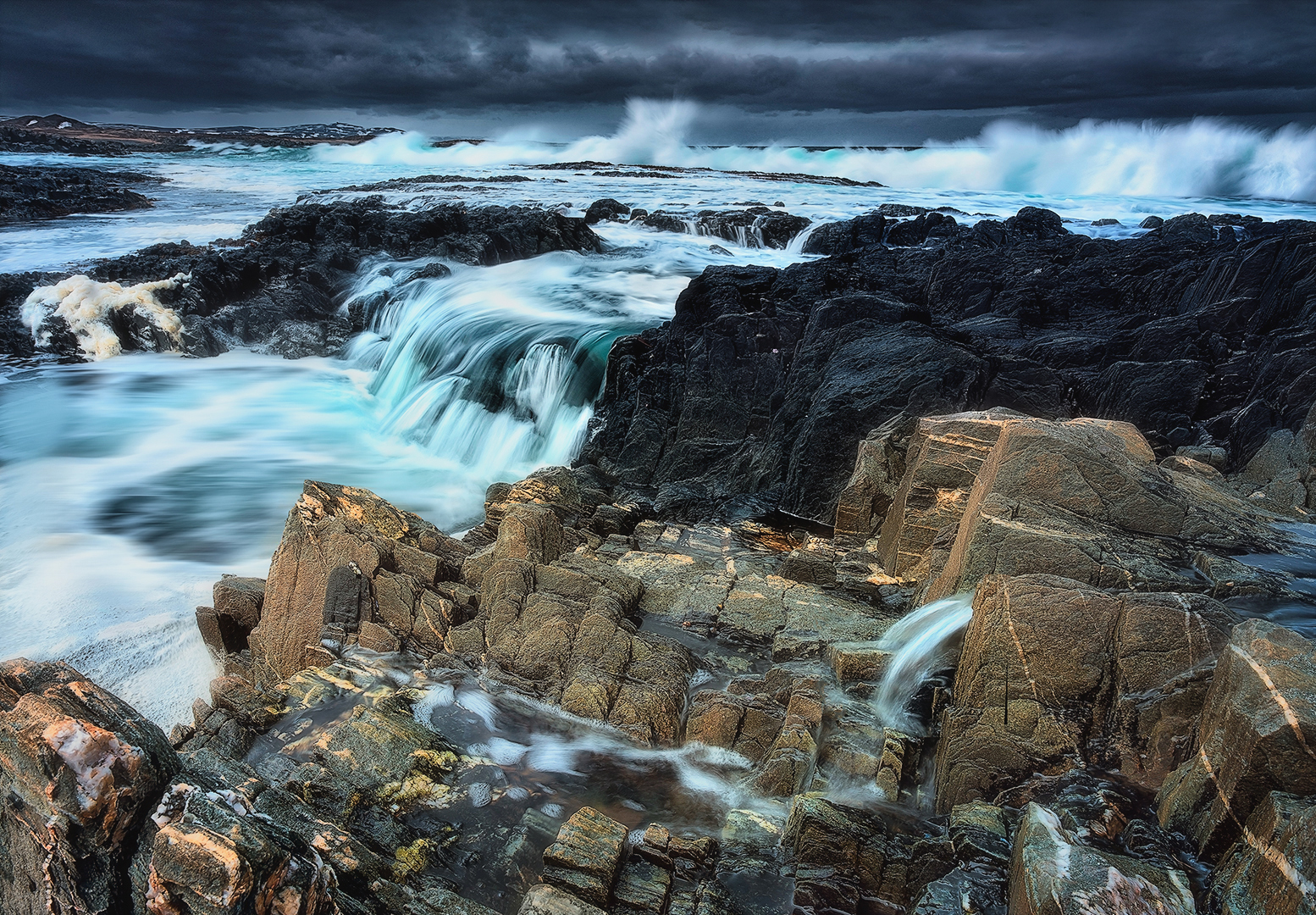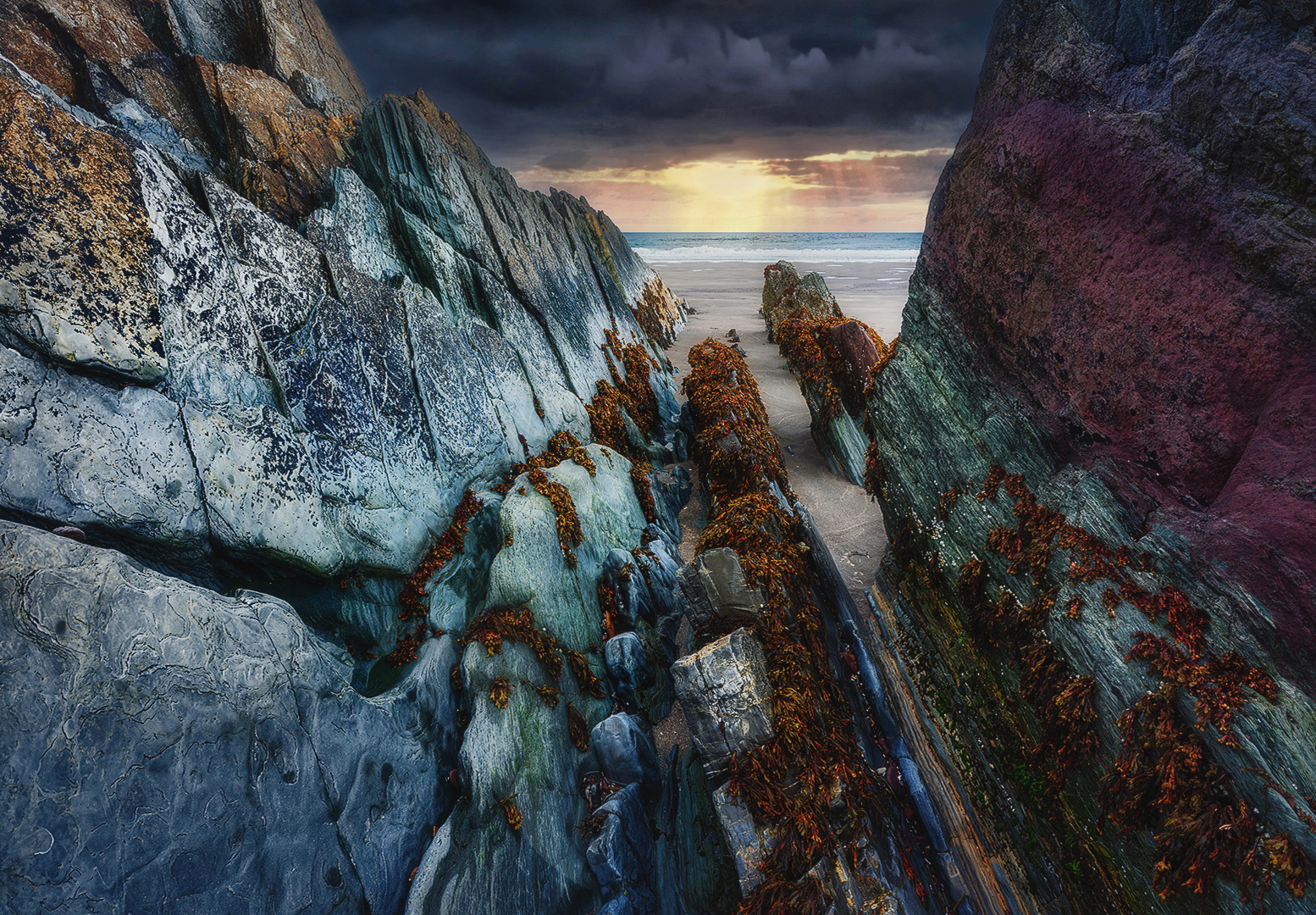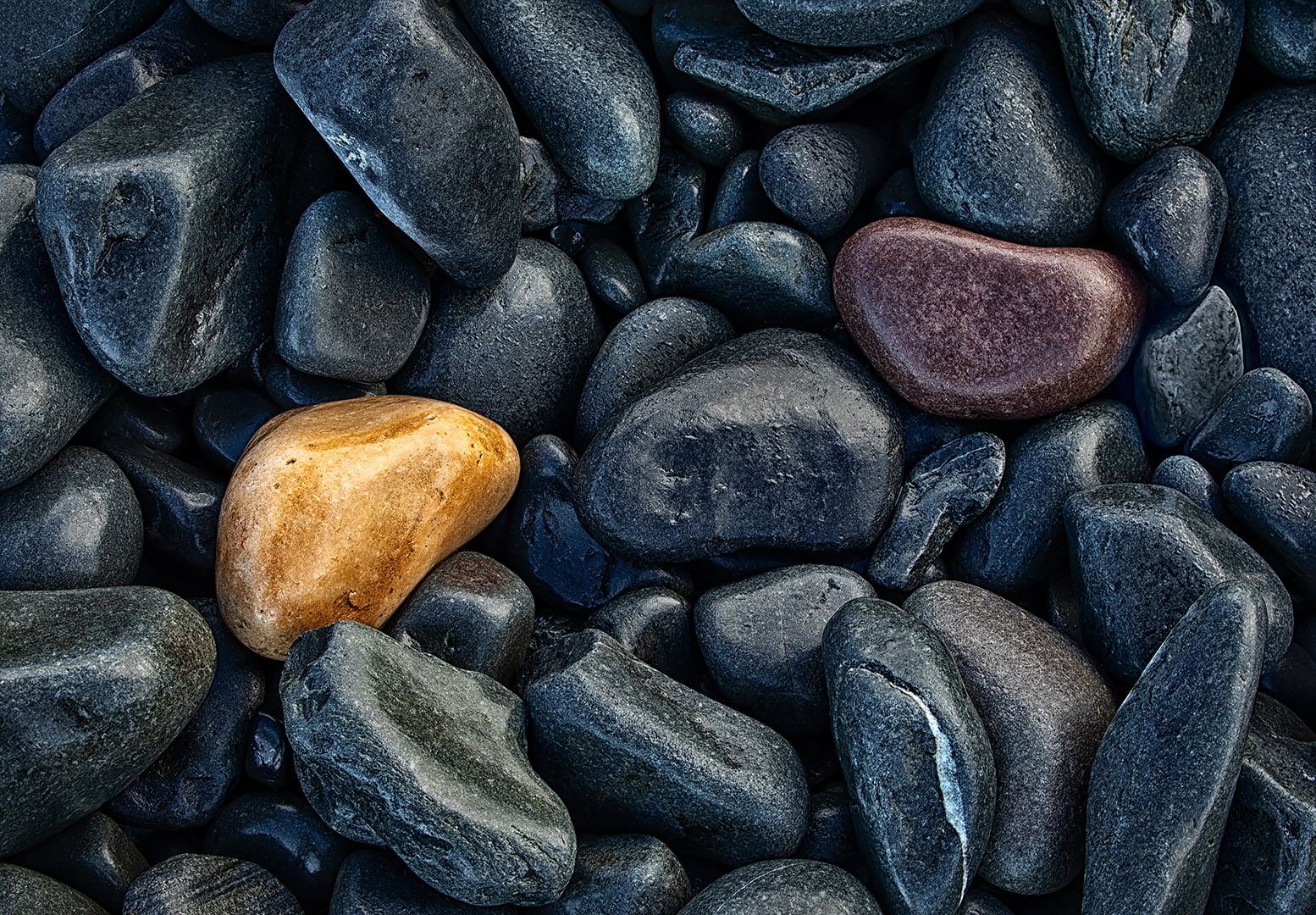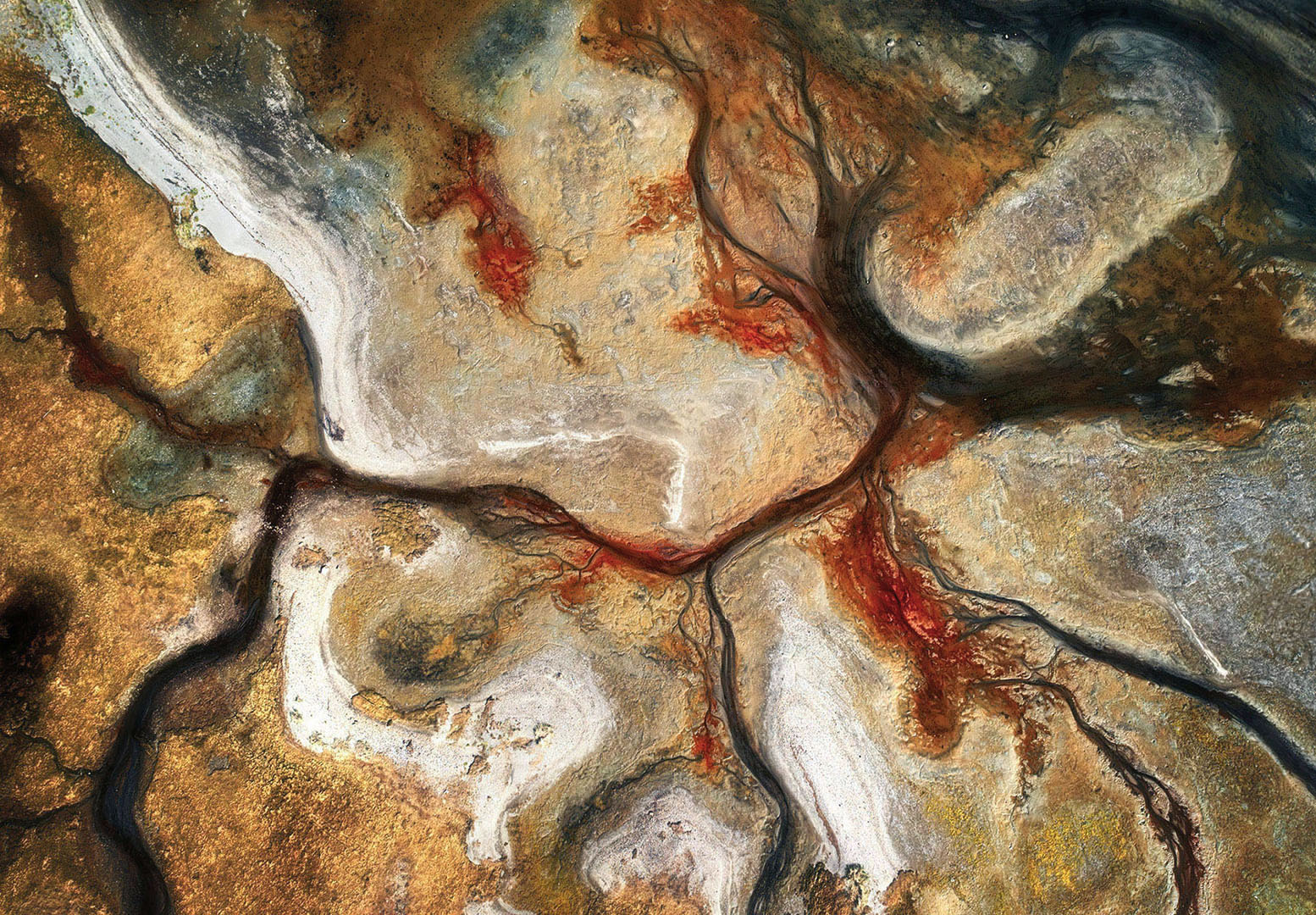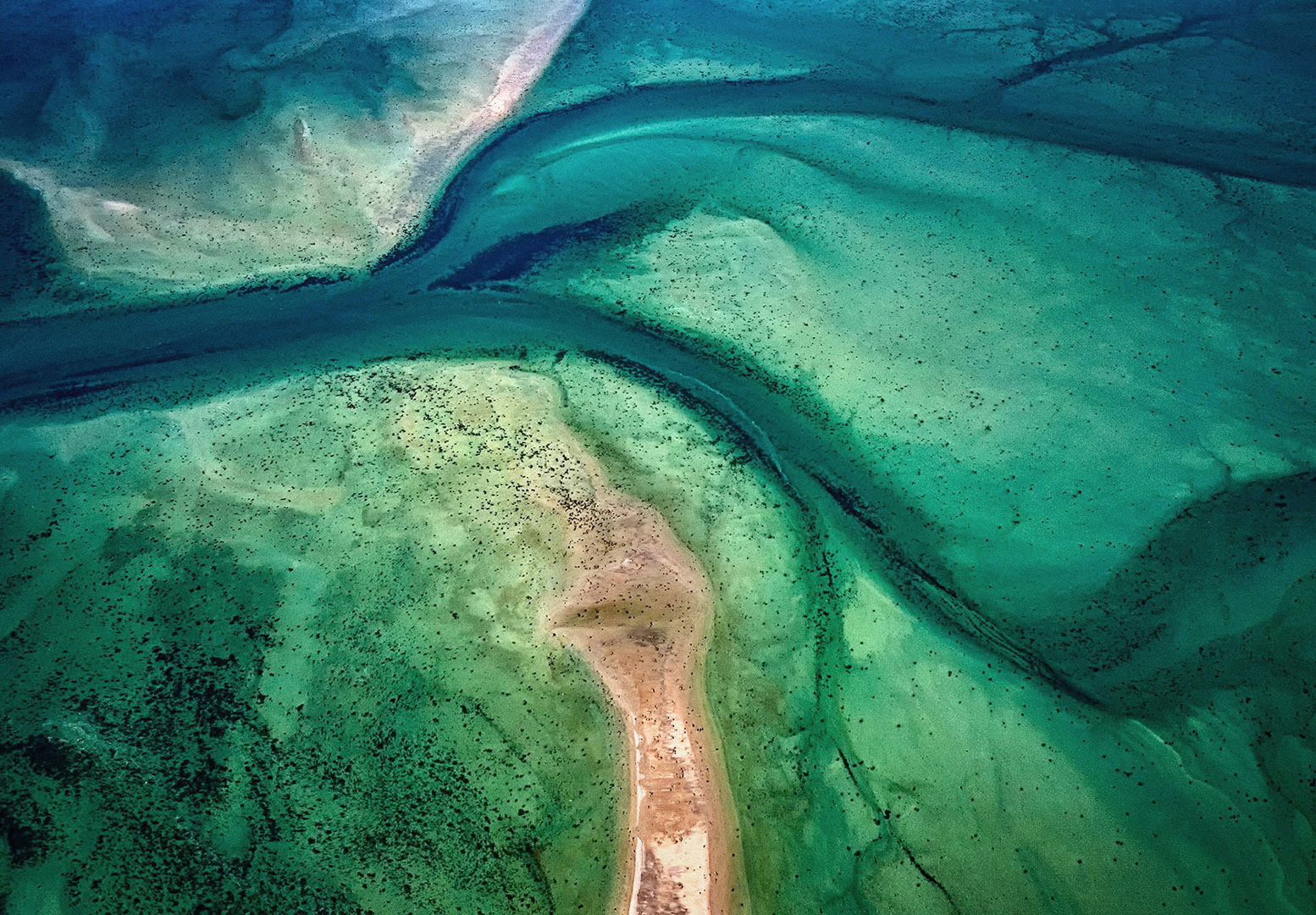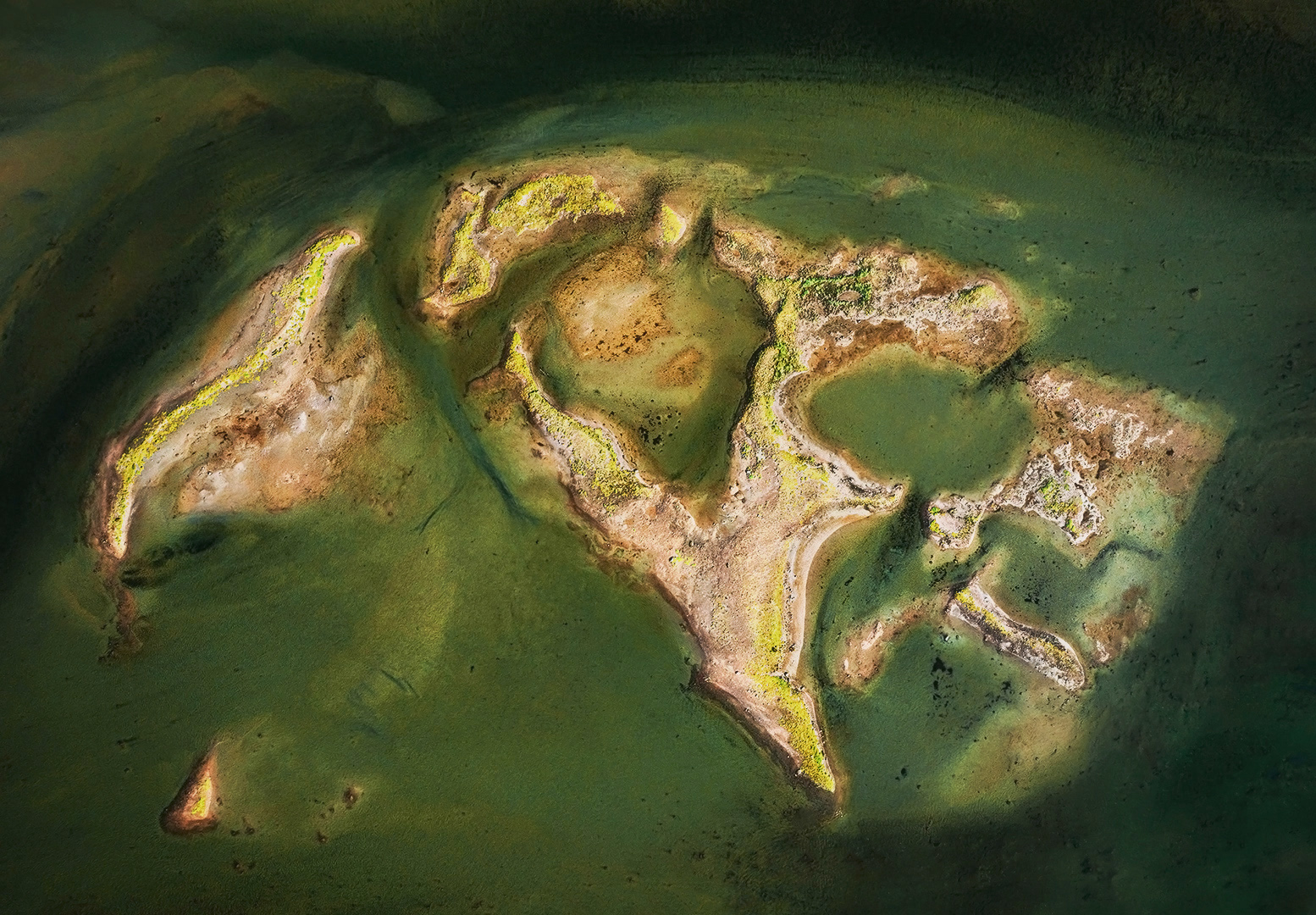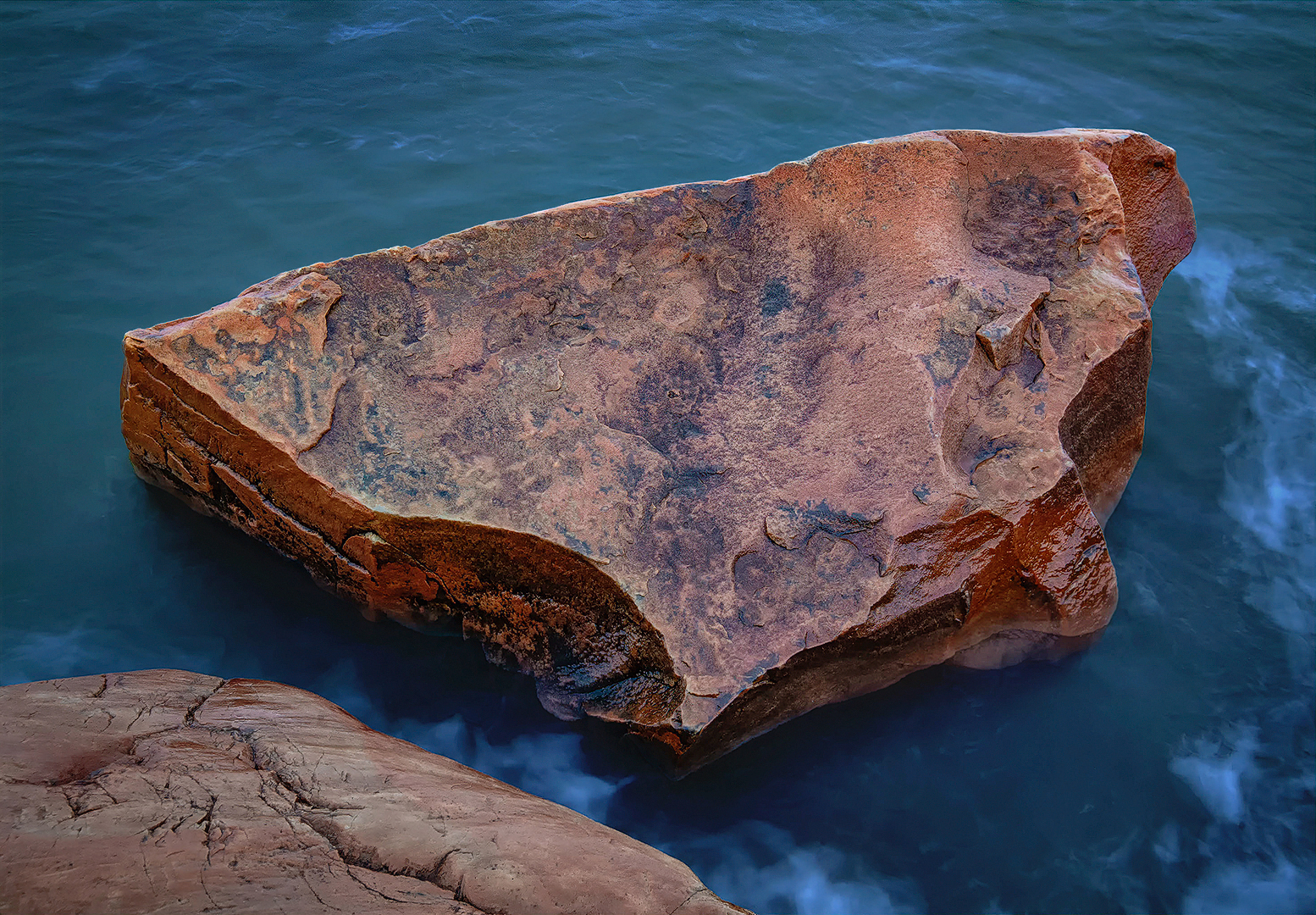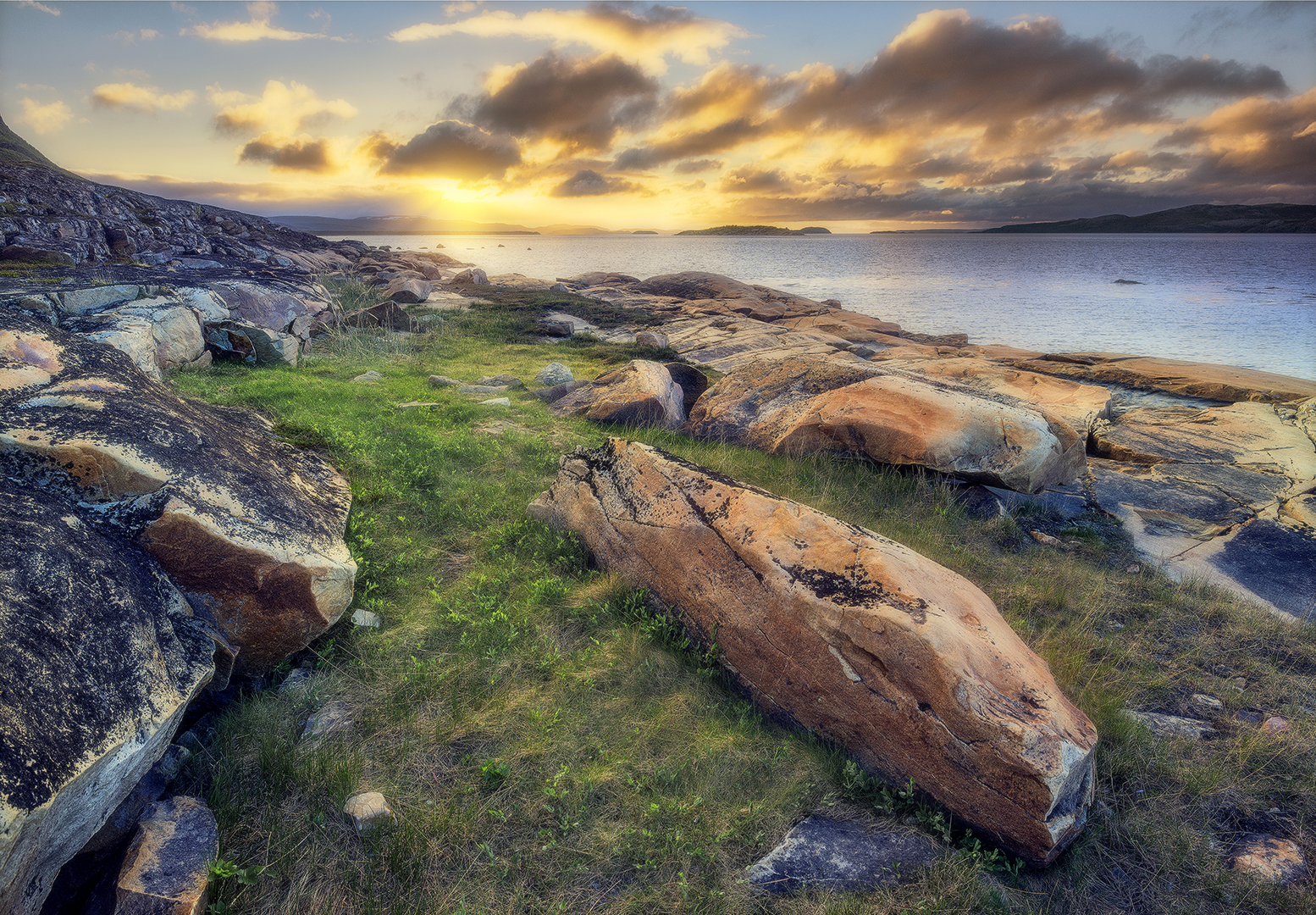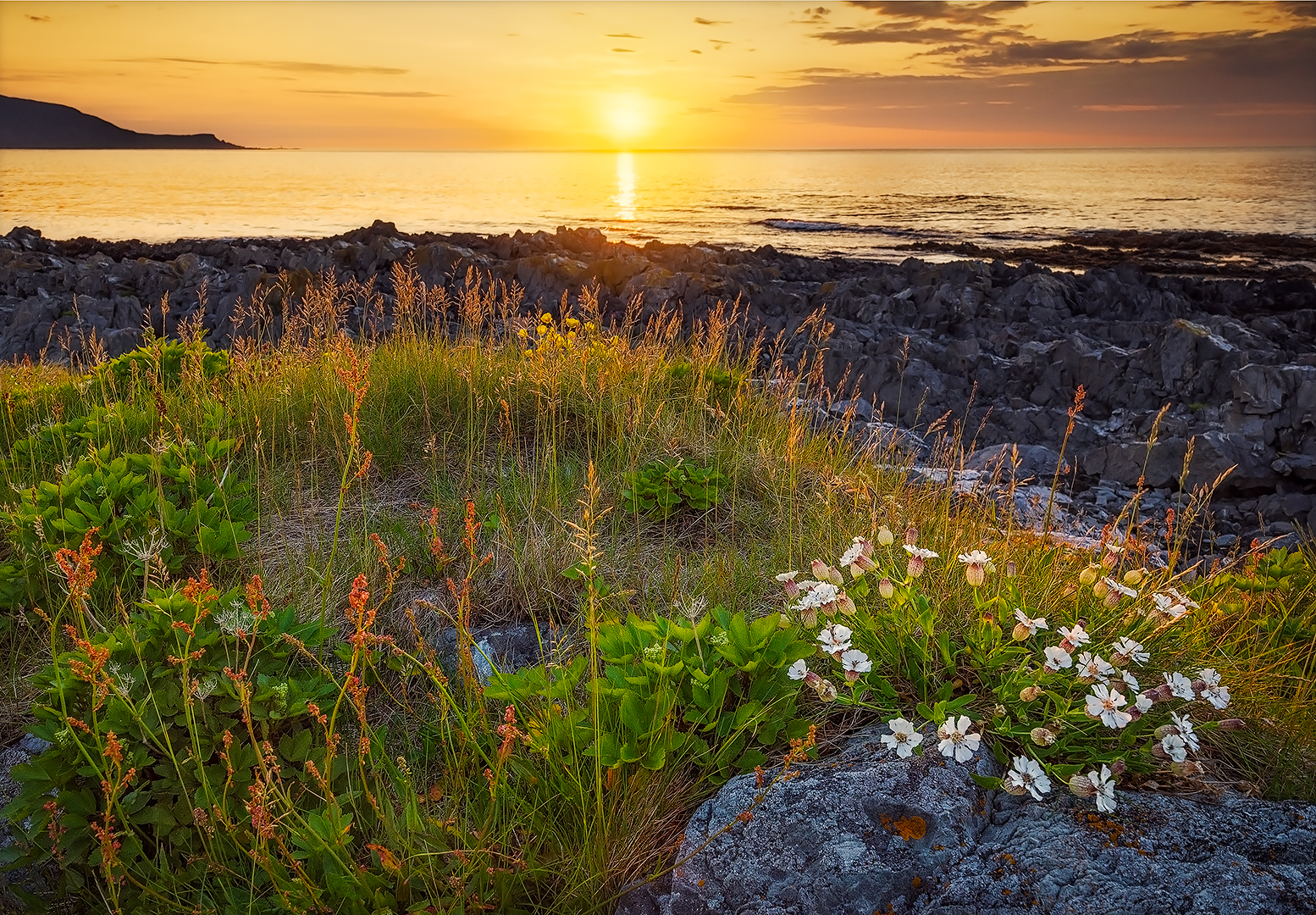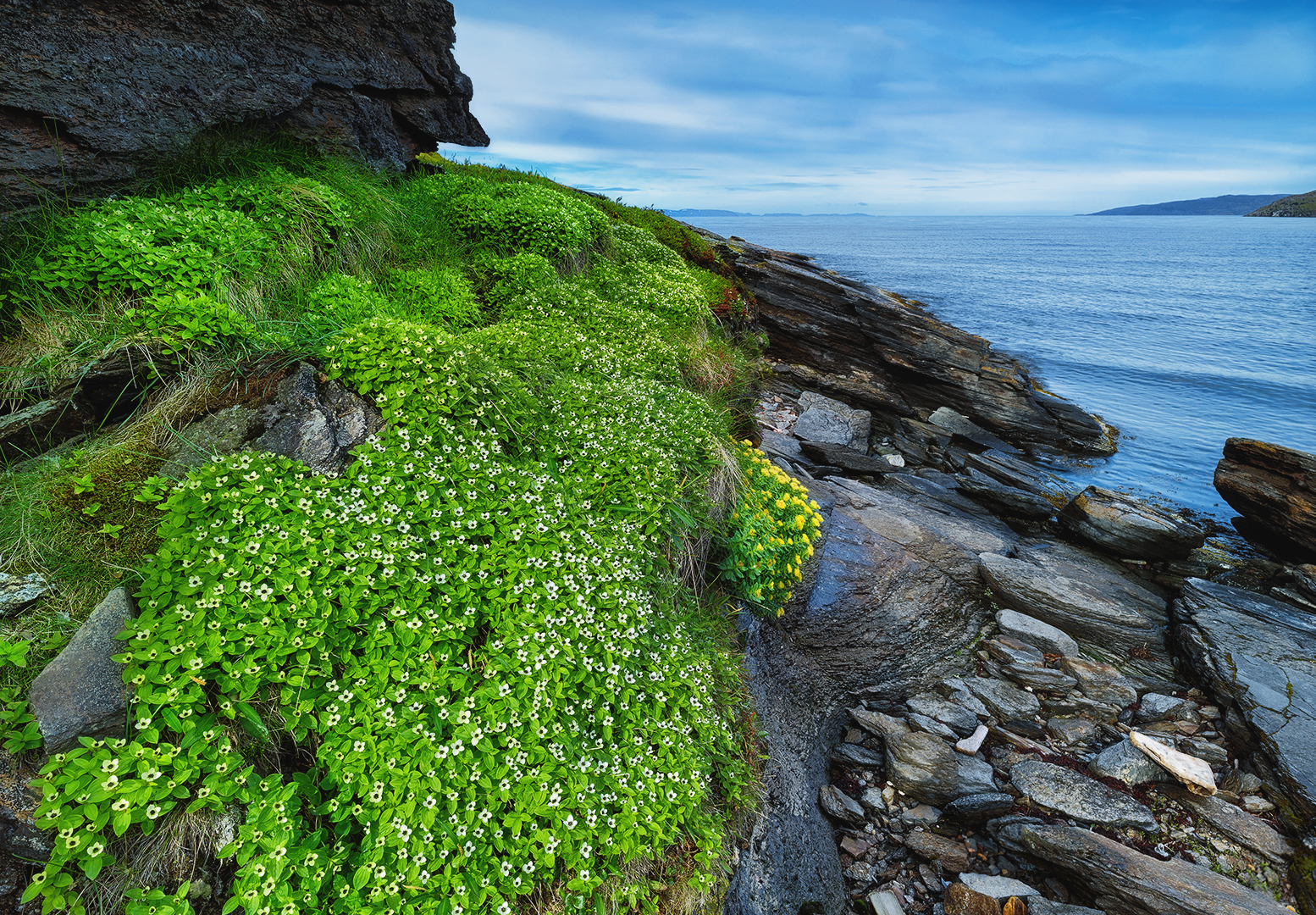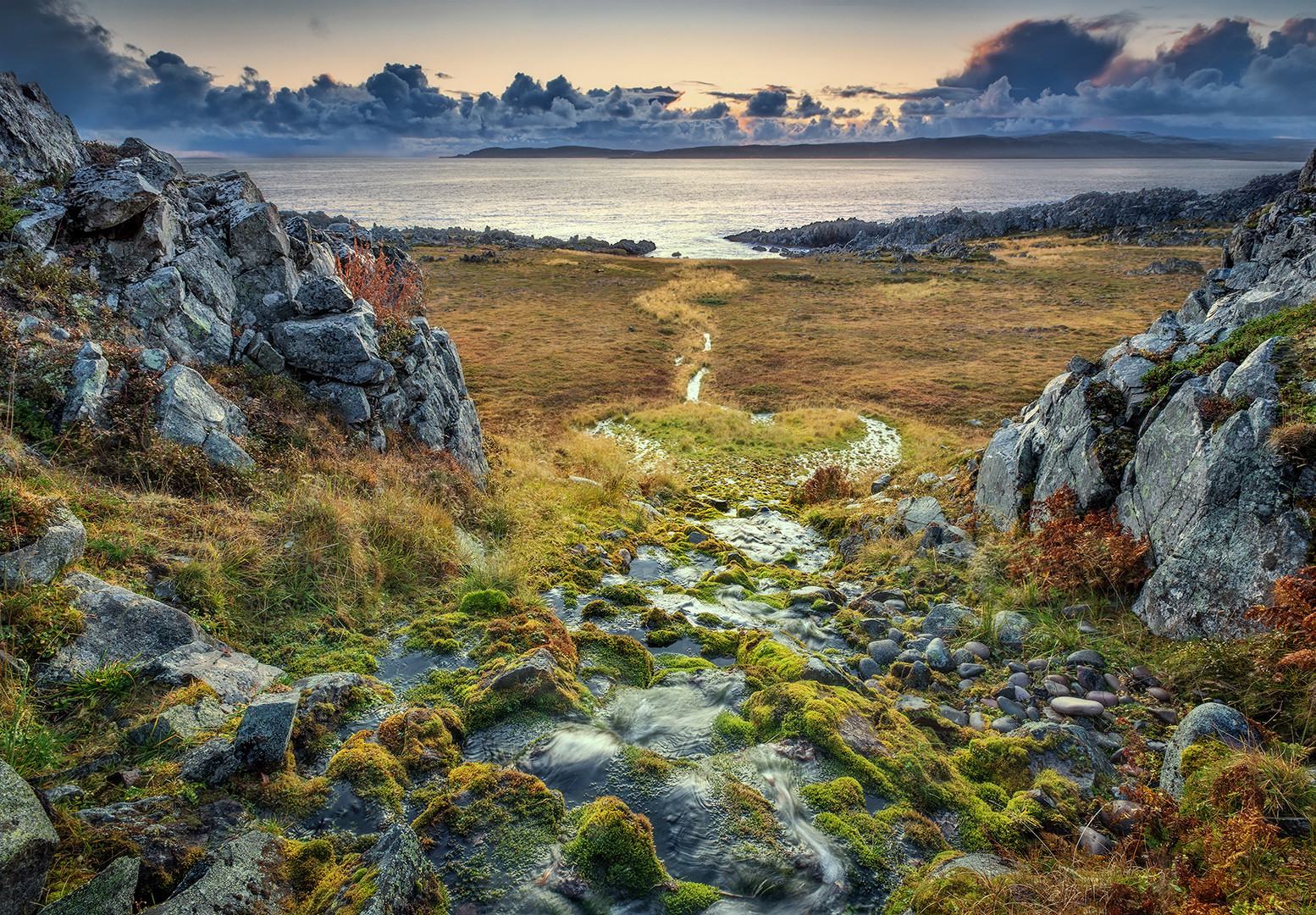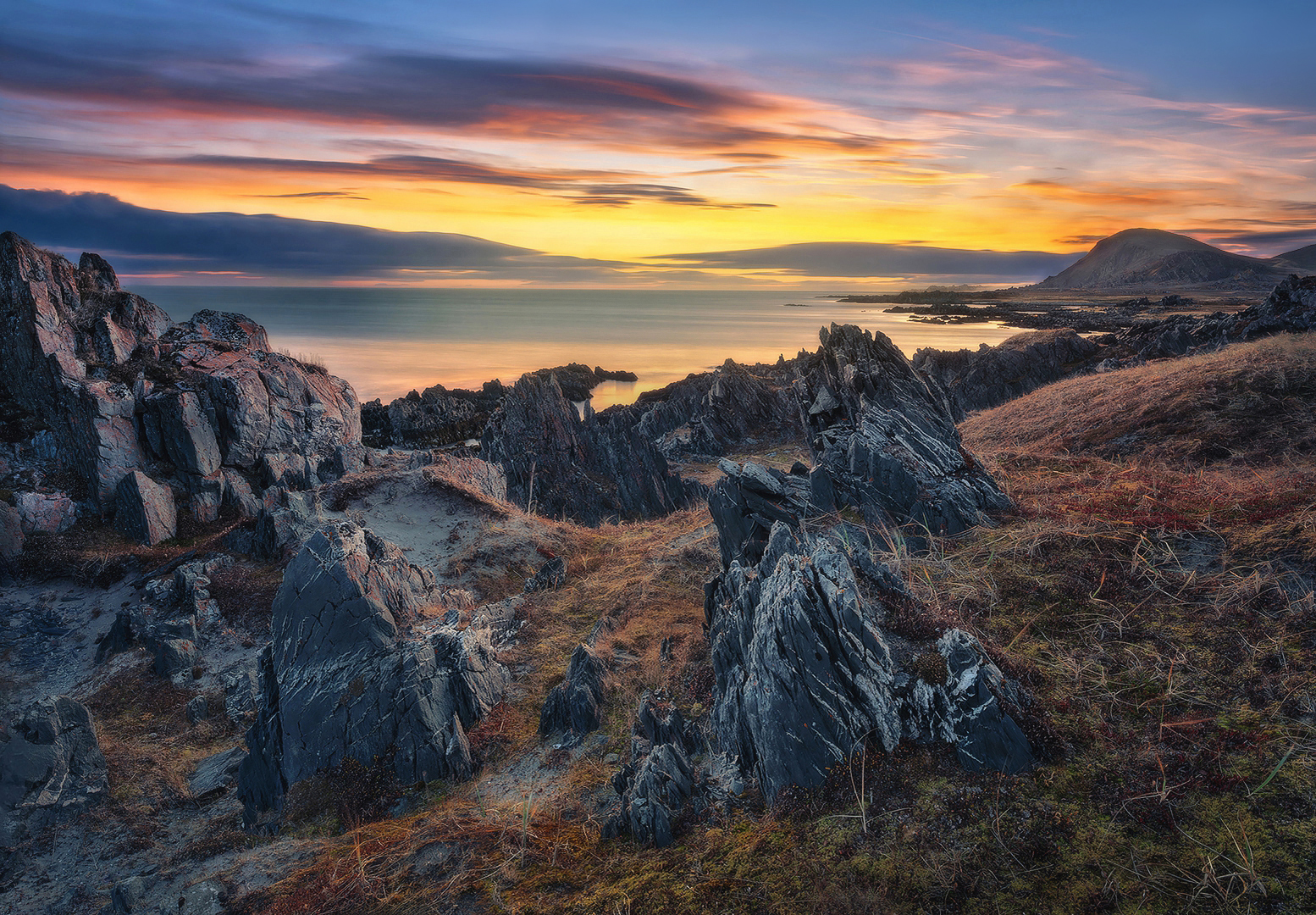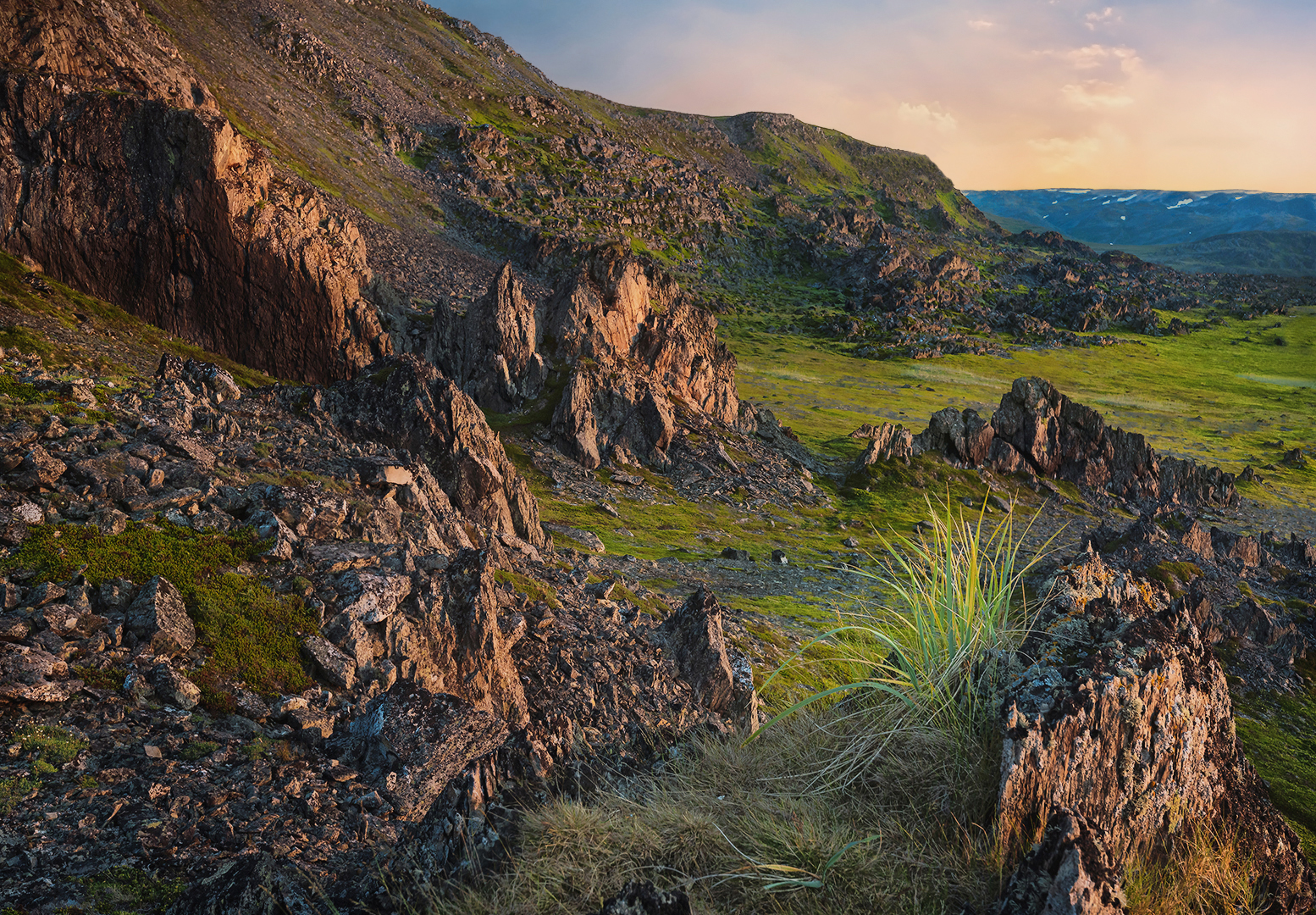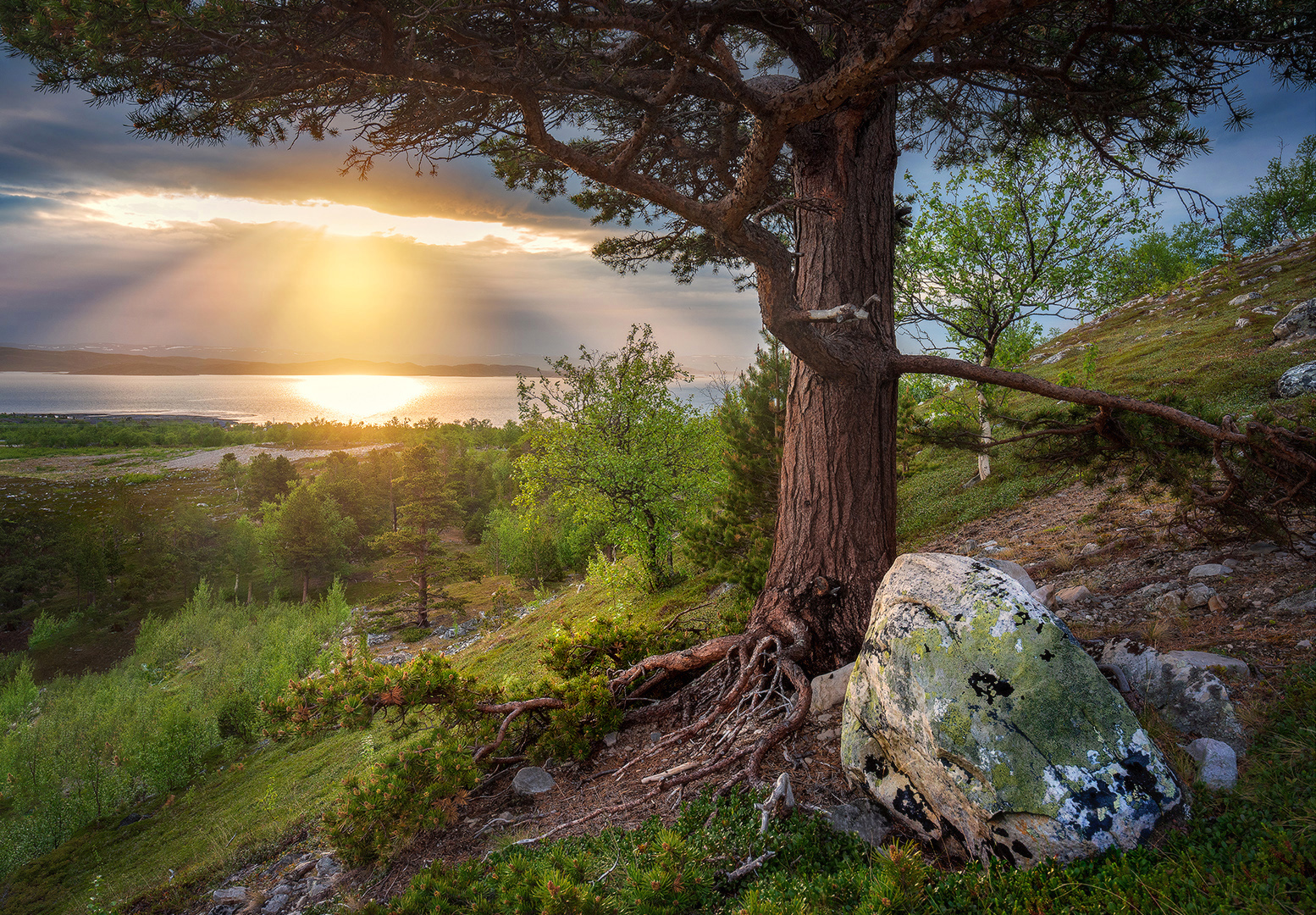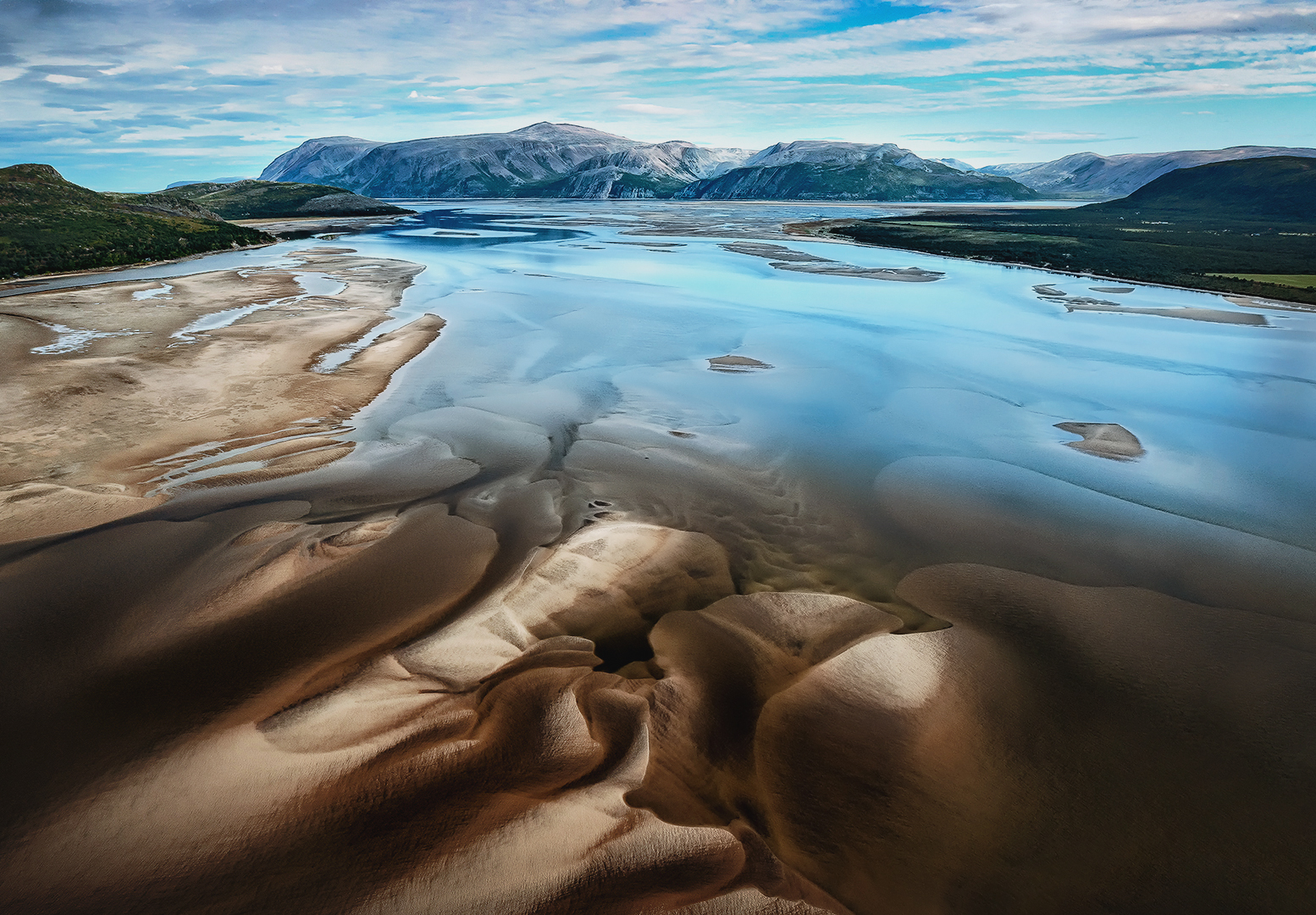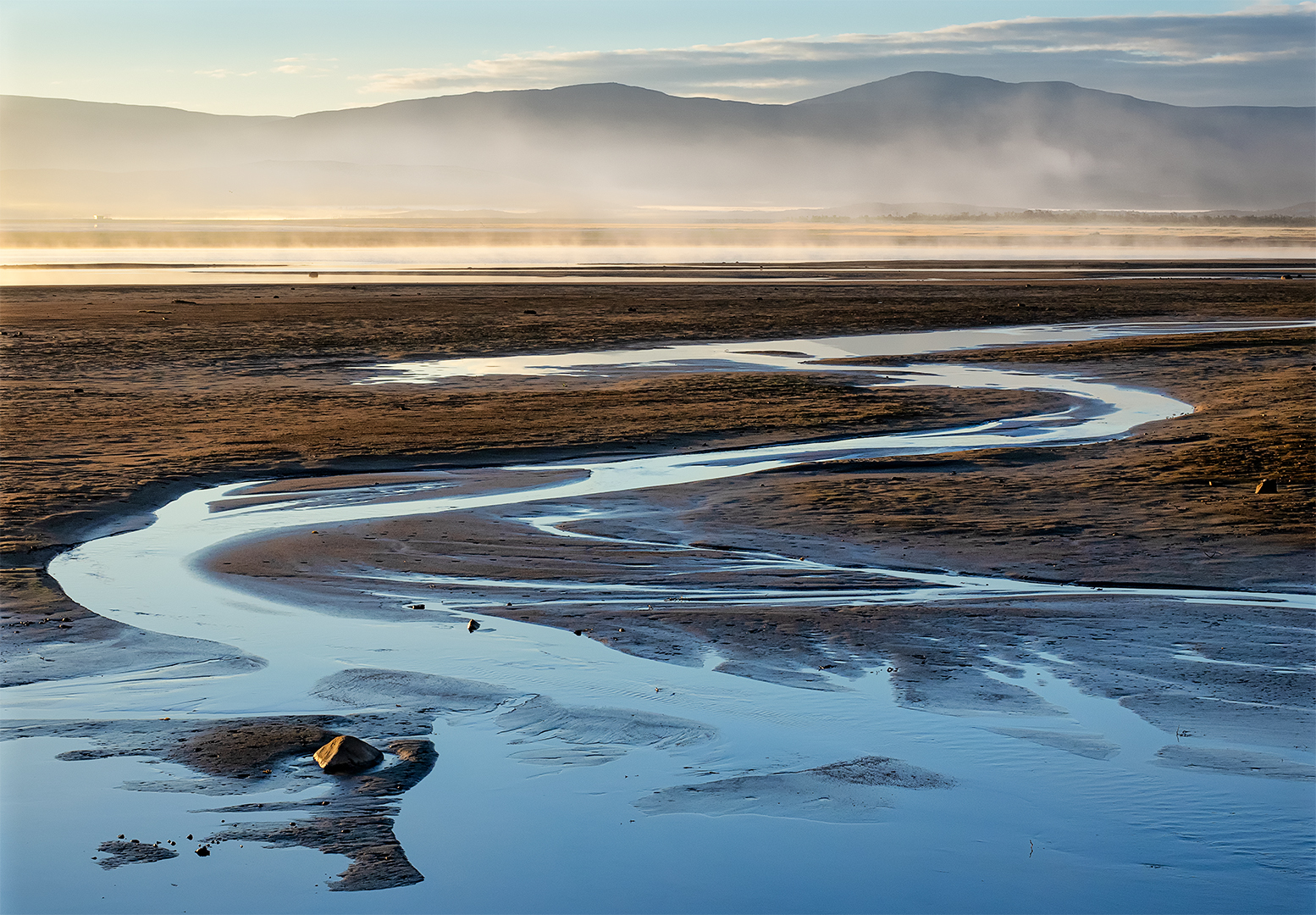Jorma Hevonkoski, MNFFF/g
Jorma Hevonkoski, Finland. Awarded MNFFF/g in April 2025.
My hangout places in Finnmark, Norway
I live in Northern Finland, right near the Norwegian and Russian borders. I have been photographing in Finnmark, Norway for over 15 years, both in summer and winter. During the summer, filming usually focuses on nighttime or during special weather conditions. I often shoot from the same tripod positions depending on the sun, moon, or other light conditions. Weather and light direction are always important when planning shooting locations. My photography style could be described as traditional landscape photography. However, I have tried to express the landscape in my own personal way. I think I have succeeded in that because I have received feedback that says that you can immediately see from my photos that they are made by me.
Landscape photography – legacy and influence
The impact of landscape photography transcends the realm of art, influencing the way people perceive and interact with the environment. The work of photographers like Ansel Adams played a significant role in promoting the conservation of national parks and wilderness areas. Today, contemporary photographers like Sebastião Salgado continue to raise awareness about environmental issues through their evocative images.
Moreover, landscape photography inspires countless enthusiasts to explore the outdoors and develop a deeper appreciation for nature. As technology advances, new generations of photographers are finding innovative ways to capture the world around them, ensuring that landscape photography remains a dynamic and evolving art form.
“When one individual expresses one’s human experience with integrity, honesty, unfiltered, and with compassion, the individual shares a truth about oneself that is a truth and a mystery we all recognize: that we are conscious. In that ‘pure’ truth lies quality. That is art.”
—Joel Tjintjelaar“The photographer’s most important and likewise most difficult task is not learning to manage his camera, or to develop, or to print. It is learning to see photographically – that is, learning to see his subject matter in terms of the capacities of his tools and processes, so that he can instantaneously translate the elements and values in a scene before him into the photograph he wants to make.”
—Edward Weston
Click to view gallery:

